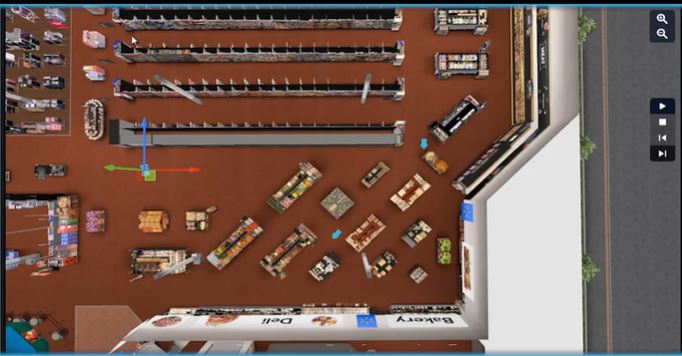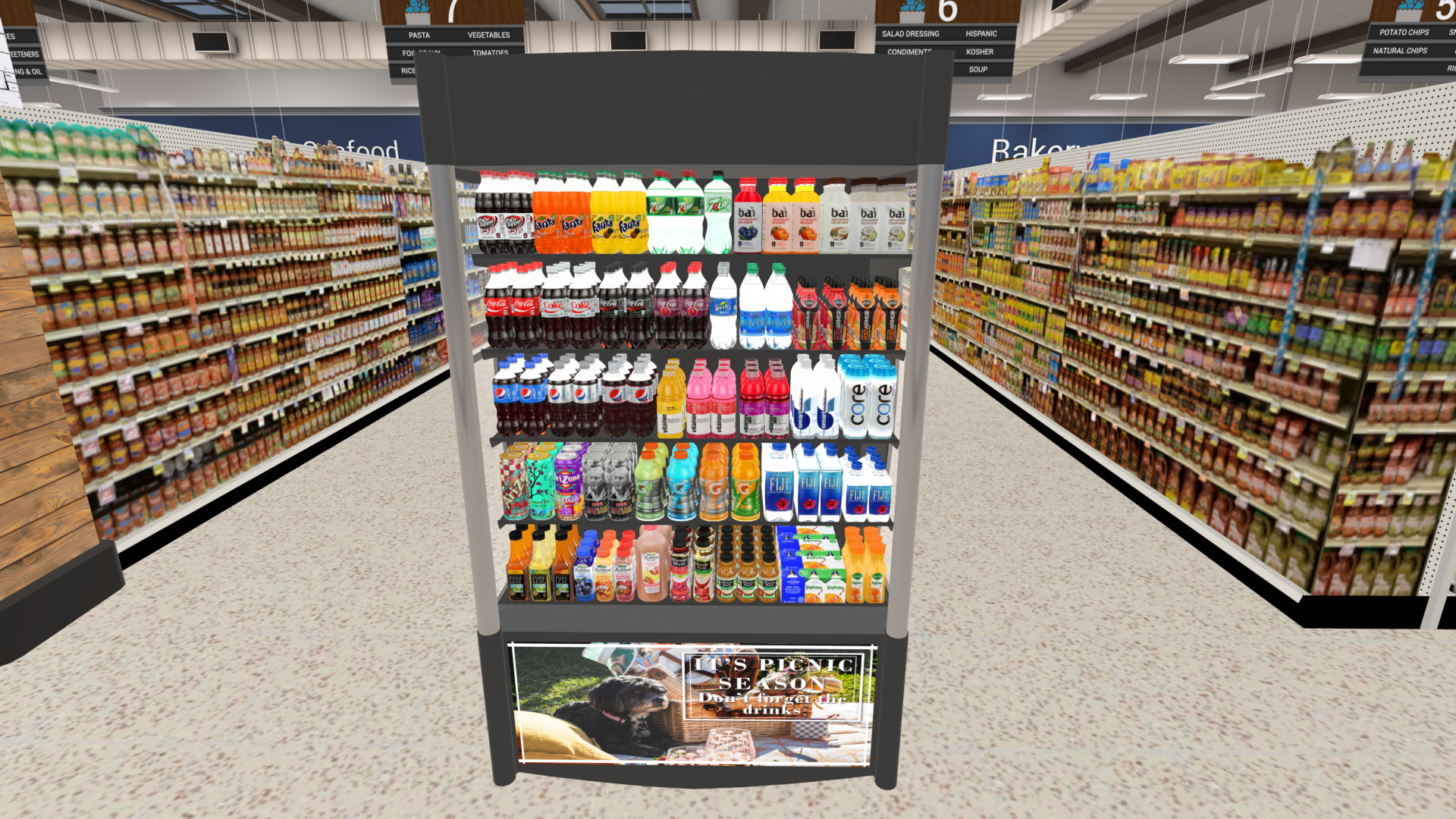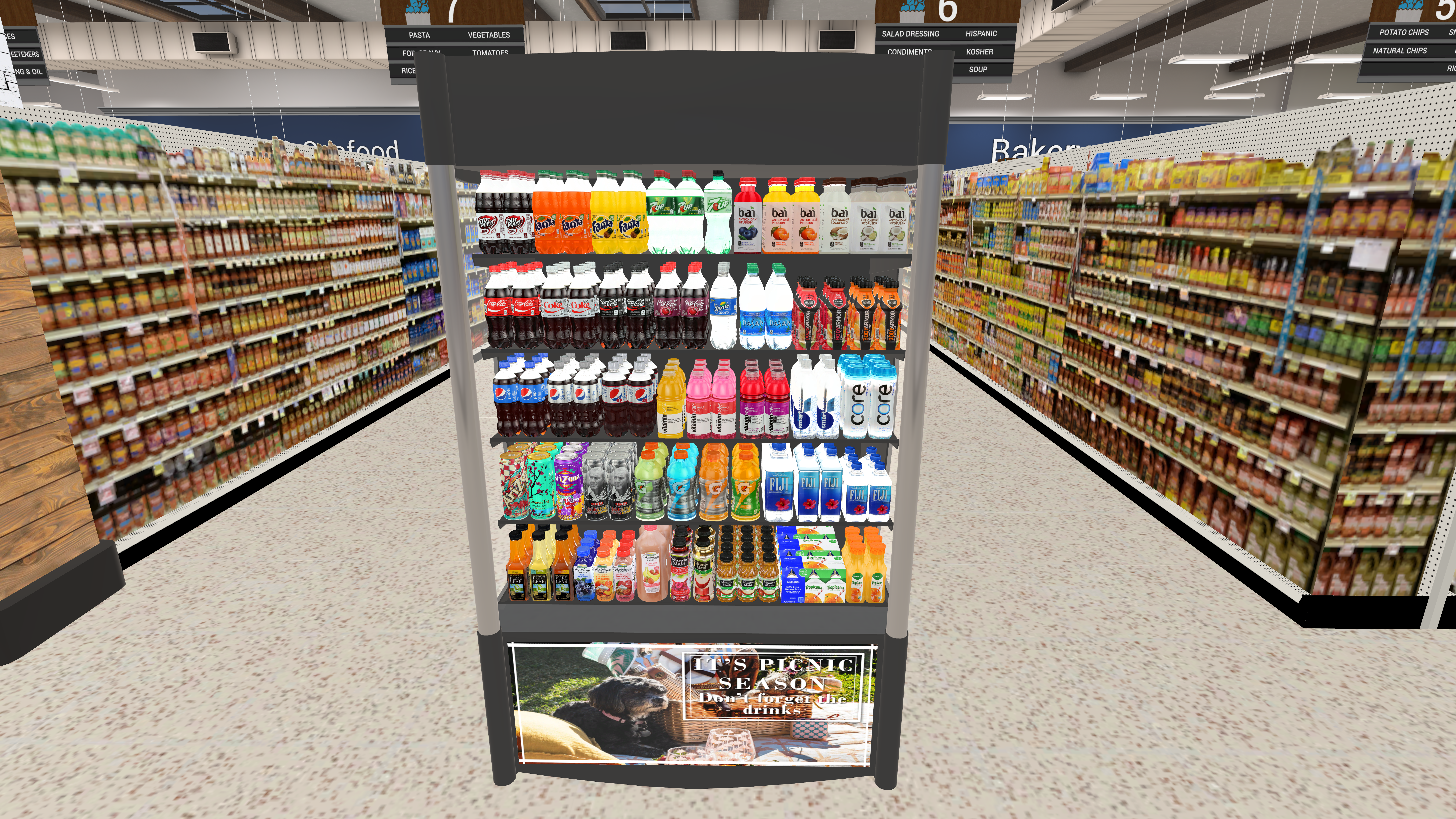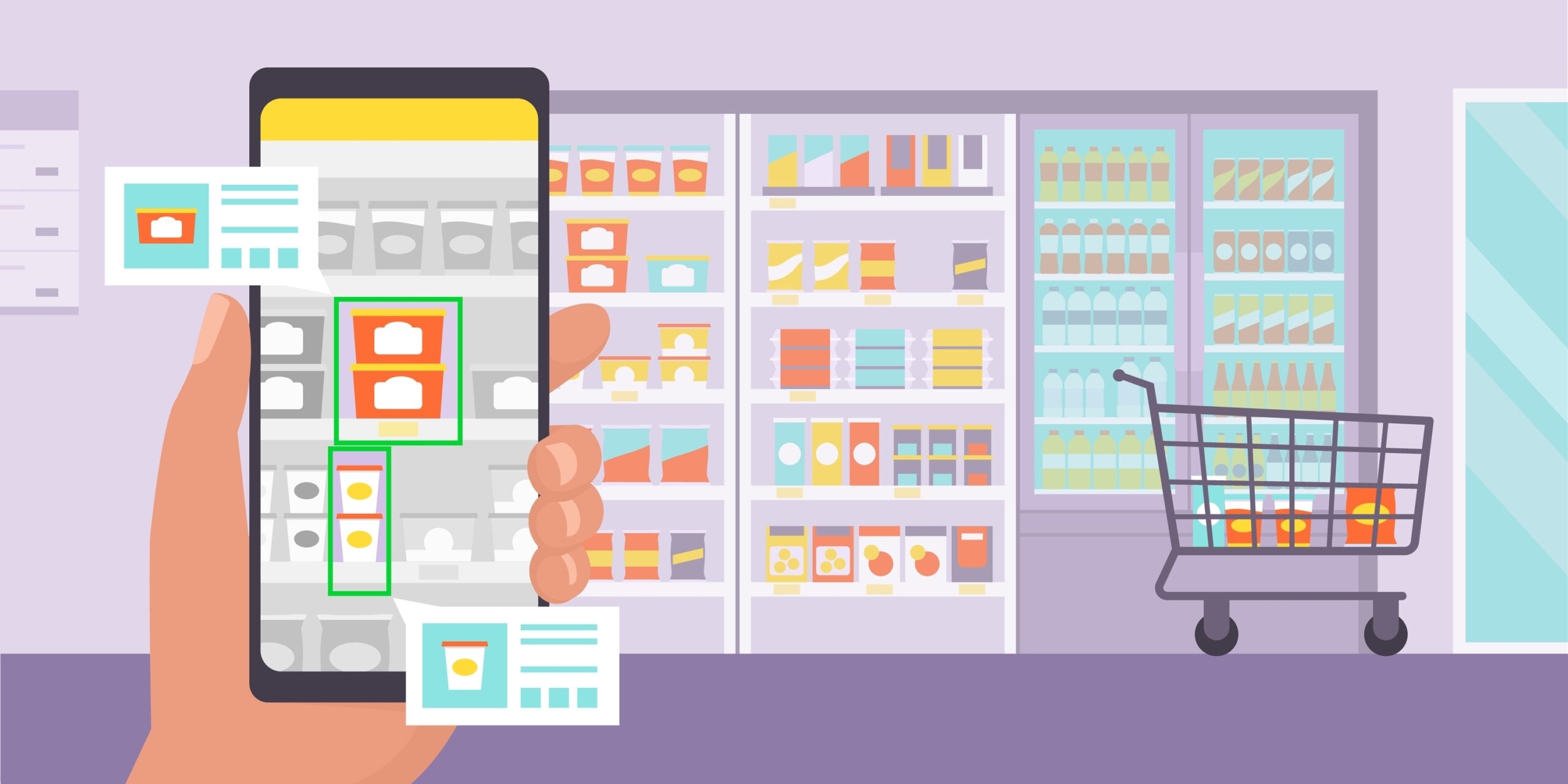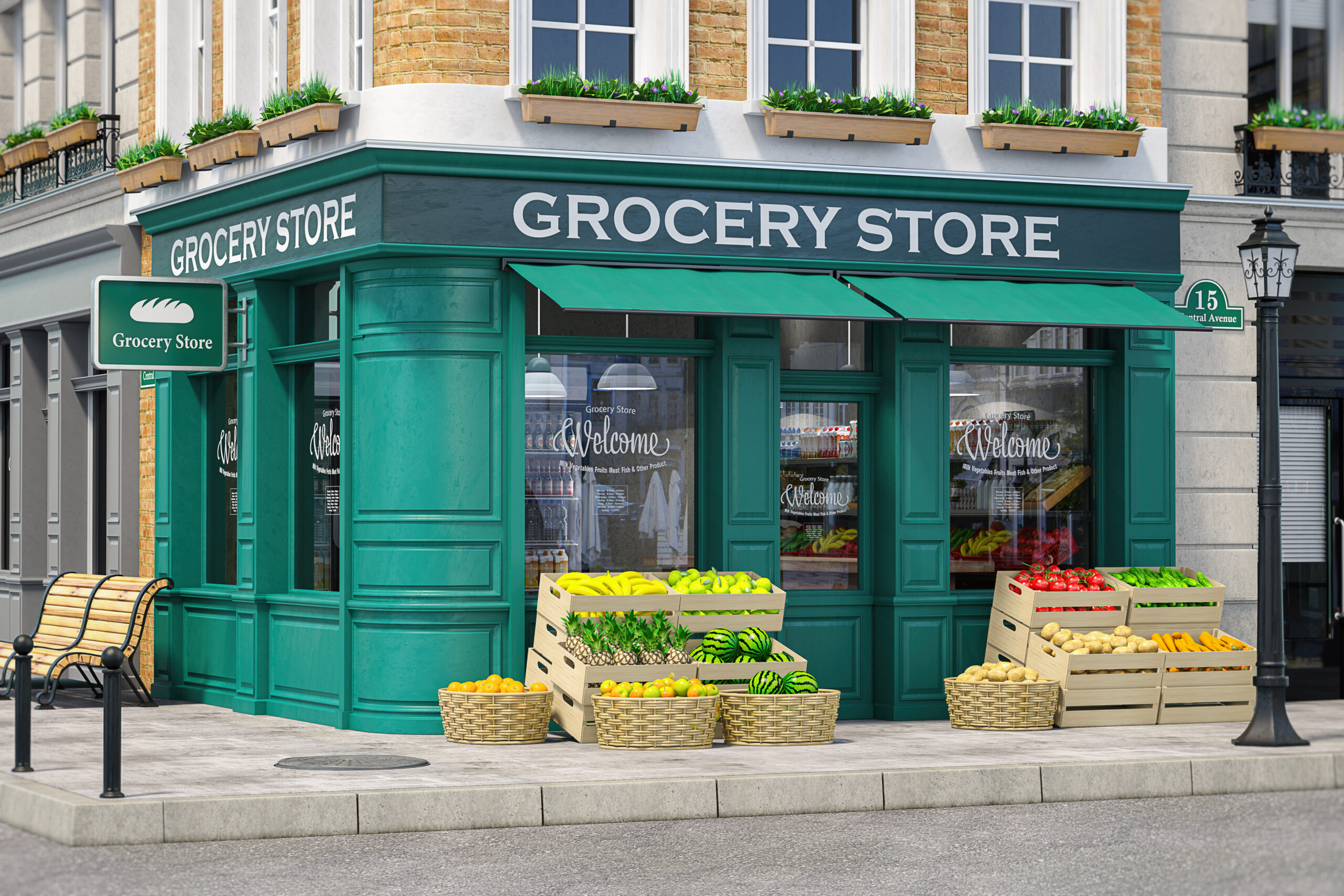In the consumer goods and retail space, a successful end-to-end strategy is not complete without an optimized field enablement process. Yet field sales reps are often challenged with constant travel, time restrictions, lack of communication, and small teams that are stretched thin. In the wake of the pandemic, retaining field reps and onboarding new hires who have little to no experience working in retail is especially challenging, as high turnover rates and instability in the industry continues. Today’s retail execution teams need better ways to communicate in-store concepts, work faster, improve compliance, and present visuals that pack a punch in a small window of time.
Let’s take a look at some of these challenges and how high-quality 3D retail simulations give these teams the effective tools they need for a thriving field enablement program.
Merchandising Challenges
Inconsistent communication
When it comes to relaying new in-store concepts from senior leadership in the central office to the field teams, there can be a disconnect between the decisions made at corporate and the information field reps are given to present to their local stores. It’s a large task to create opportunity at a store level that is both in line with corporate strategy and maximizes incrementality. For example, a store display that is part of a brand’s central strategy must be clearly communicated to a store manager. When you factor in differences in geography, demographics and store layout, not only is communication a challenge, but compliance then becomes greatly affected too. But field reps are often a shopper’s first contact with your brand, and without them doing the groundwork, sales metrics start to go down.
Lack of time and autonomy
Retail field reps are crunched on time, especially if they are part of cross-functional teams. They often have just minutes to speak to their customers. Within this time, they have to communicate the concept, demonstrate the need, and make sure it resonates with that particular store and its shoppers. Corporate sales and brand teams need training programs that arm their sales team in the field with clear, concise messaging and visuals that are easily accessible and will pack a punch out of the gate.
Plus, a sales strategy with an effective presentation requires the freedom for reps to make changes and customize as they go. Not everyone is a category captain. Trade dollars only go so far. While communicating with stakeholders is prioritized, it’s easy to forget that field enablement teams are often not part of the high-level discussion, and are expected to create results on their own, without much of a guide or roadmap. They need to be influential at the store level with the little time they have, in a way that is personalized to that store. The right solutions grant them the autonomy to demonstrate value and increase their influence with their customers.
High turnover
Outdated resources, disorganized training processes, and understaffed teams and program managers can all lead to high turnover. Many newer field team members find themselves uninspired and unprepared while out on the job. Teams without an effective sales training process, or the technology to support further success in the field, end up suffering from retention issues. But it shouldn’t require years of experience to feel confident in the field, which is where the right tools, good training initiatives, and communicative field enablement managers come in.
Virtual Lets You Do More with Less
Mixed reality retail execution tools from InContext’s ShopperMX platform, make communicating out a merchandising strategy simple, effective, and fun. It’s a one-stop shop for uploading custom signage, planograms, and displays, and then creating content and communicating execution details to the broader team. By streamlining the workflow of your field enablement strategy, the Shopper MX platform makes your leadership better at change management. Additionally, field teams can then take that information, effectively communicate and customize as needed.
Let’s go back to that store display example for an idea of what this process would look like:
Visualize – The display can be uploaded to and edited within ShopperMX to quickly visualize it in a digital twin of the store setting in 3D format.
Create Tours – Once the display is finalized, corporate teams can quickly create a preset walkthrough with our world- class Tours feature. They can place and edit action points, play/pause/rewind the path to highlight specific features, and create a video file to share the walkthrough and provide additional clarity around visual merchandising strategy. Field reps use these video walkthroughs to edit as necessary, making changes based on a specific store.
Live share – Next, central sales and marketing teams can ensure clarity with field reps by easily creating a presentation in ShopperMX and seamlessly share virtual store content over video conference. They can then follow up with presentation materials to ensure understanding and ultimately optimize compliance for store level teams.
Go mobile – Finally, reps can access merchandising materials on mobile from anywhere, at any time. A mobile app enables a full store-level view of the displays and planograms prior to execution. Augmented Reality features create greater detail and understanding by viewing 3D concepts in the context of the physical store, in real-time. And app users can quickly get updates for displays and shelf sets.
Ultimately, the level of influence with customers is dependent on the value retail execution teams bring to the relationship. If field enablement teams are given the right tools, and an effective strategy, they can work quickly, customize at the store level, create trust, and maintain valuable relationships that ultimately increase category sales. Virtual arms merchandising and field teams to do just that.
